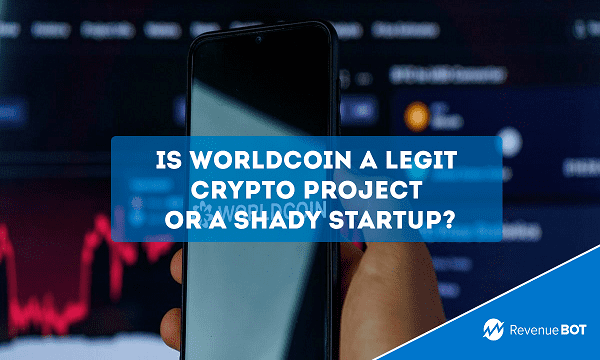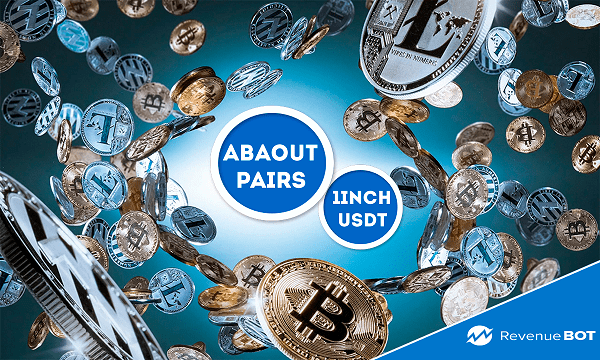Numerous individuals are familiar with artificial intelligence in today’s context. OpenAI is the company behind the prosperous ChatGPT bot, which is currently one of the industry leaders. The text assistant gained worldwide popularity quite rapidly, the hype around it has not subsided even to this day.
Continue reading “Is Worldcoin a legit crypto project or a shady startup?”
MKR/BUSD – What about this trading pair?
“What about this Pairs trade?” is a new format of introductory articles created by RevenueBot. Every week we will be providing you with updates on a new trading pair that has reached the top, according to the transactions completed through the platform. In addition to providing information about the token, we will also check the trading pair in a bot simulation and see how much of a profit the trader could have made on it, over a period covering the past 60 days.
Weekly Cryptocurrency News. Friday, July 28
Friday, July 28th. As the week comes to an end we can focus on the highlights of the crypto industry over the past few days.
Continue reading “Weekly Cryptocurrency News. Friday, July 28”
Promising coins #67 – a RevenueBot Editor’s Pick
Numerous cryptocurrencies and tokens appear every day. Some of them are of a practical nature, which means they perform some sort of function. Others, on the contrary, have a purely entertainment purpose and may be in demand only due to the strong buzz around the project. RevenueBot has highlighted a few coins to watch out for.
Continue reading “Promising coins #67 – a RevenueBot Editor’s Pick”
Introduction to Generative AI
In the realms of IT, with each passing day, new technologies and practices are emerging which change the shape of today’s society. One of the most intriguing and highly promising areas is generative artificial intelligence (generative AI), bringing the awesome ability to create, build and turn information into reality. Here we’ll break down what generative AI exactly is and what tools are already available.
1INCH/USDT – What about this trading pair?
“What about this Pairs trade?” is a new format of introductory articles created by RevenueBot. Every week we will be providing you with updates on a new trading pair that has reached the top, according to the transactions completed through the platform. In addition to providing information about the token, we will also check the trading pair in a bot simulation and see how much of a profit the trader could have made on it, over a period covering the past 60 days.
Continue reading “1INCH/USDT – What about this trading pair?”
Weekly Cryptocurrency News. Friday, July 21
Friday, July 21st. As the week comes to an end we can focus on the highlights of the crypto industry over the past few days.
Continue reading “Weekly Cryptocurrency News. Friday, July 21”
Promising coins #66 – a RevenueBot Editor’s Pick
Numerous cryptocurrencies and tokens appear every day. Some of them are of a practical nature, which means they perform some sort of function. Others, on the contrary, have a purely entertainment purpose and may be in demand only due to the strong buzz around the project. RevenueBot has highlighted a few coins to watch out for.
Continue reading “Promising coins #66 – a RevenueBot Editor’s Pick”
How to embark on a career in AI
Artificial intelligence ranks nowadays as one of the most exhilarating and forward-looking fields in the world. Even though the World Wide Web itself came into existence only recently, the technology is already advancing with each passing year, growing more diverse and smarter, infiltrating various facets, ranging from business and medicine to transportation and education. This juxtaposition of science and creativity draws thousands of people eager to contribute to this groundbreaking domain.
AVAX/USDT – What about this trading pair?
“What about this Pairs trade?” is a new format of introductory articles created by RevenueBot. Every week we will be providing you with updates on a new trading pair that has reached the top, according to the transactions completed through the platform. In addition to providing information about the token, we will also check the trading pair in a bot simulation and see how much of a profit the trader could have made on it, over a period covering the past 60 days.
Continue reading “AVAX/USDT – What about this trading pair?”








